Enrichment is a critical aspect of captive animal care, aimed at promoting natural behaviors and improving the quality of life for animals in zoos and sanctuaries. For big cats like lions, tigers, and leopards, enrichment involves providing activities that stimulate their senses and encourage their innate hunting instincts. One debated method of enrichment is feeding live prey. But, should big cats in captivity be fed live animals? Let’s explore this thought-provoking and complex issue from various angles.
Understanding Big Cat Natural Behavior
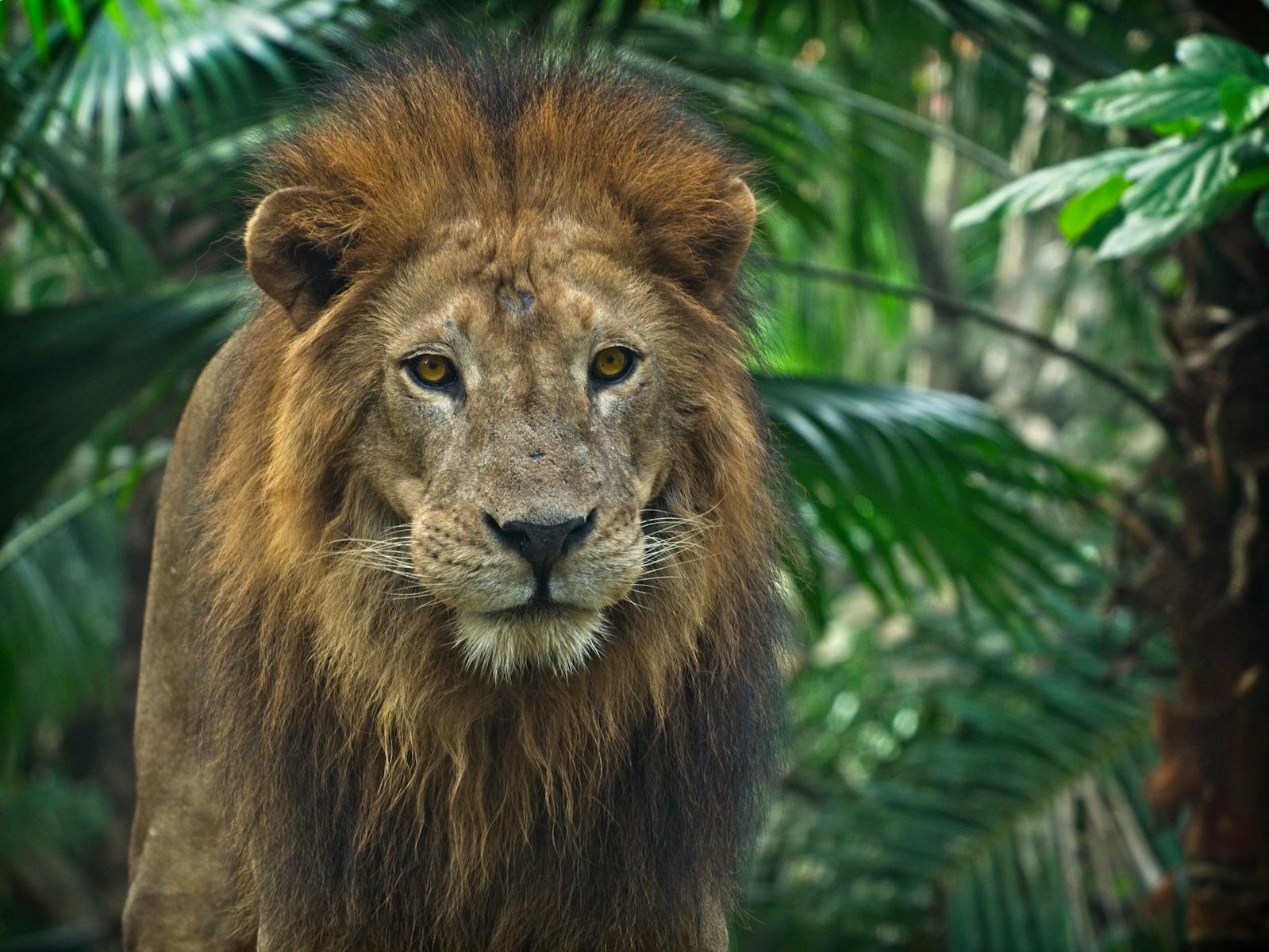
In the wild, big cats are apex predators that rely on their powerful hunting abilities to survive. Hunting involves tracking, stalking, and finally capturing prey, a process that uses their physical and mental skills. Feeding live prey in captivity might seem to mimic this natural behavior and thus appear beneficial for their wellbeing. However, the scenario is far more complex.
Ethical Considerations
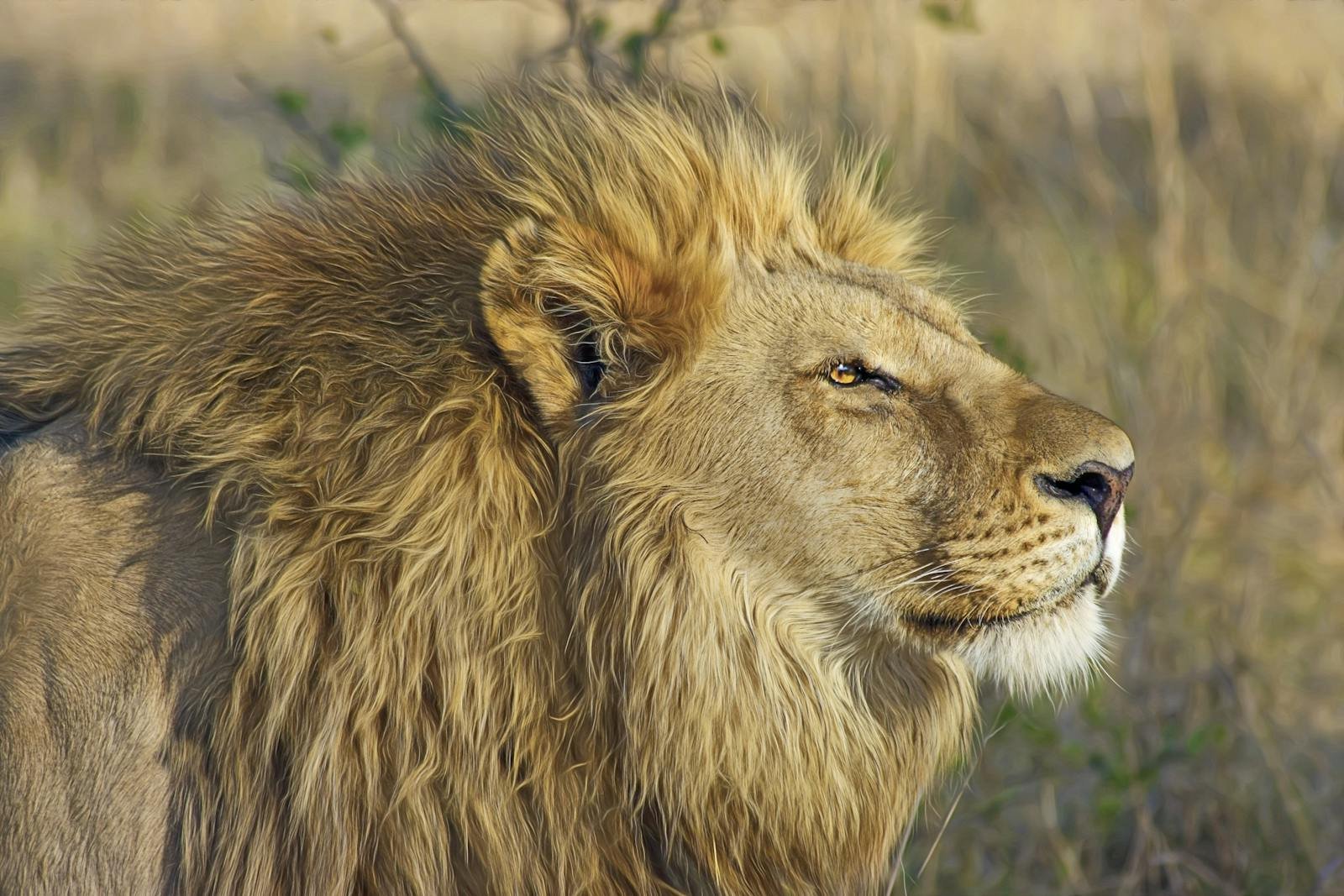
The ethical dimension is a significant aspect of the debate. Critics argue that feeding live prey to big cats is inhumane to the prey animals. It raises moral questions about the prey’s suffering and whether its death can be justified for enrichment purposes. Zoos and sanctuaries must consider the welfare of all animals under their care, not only the predators.
Legal and Zoological Guidelines
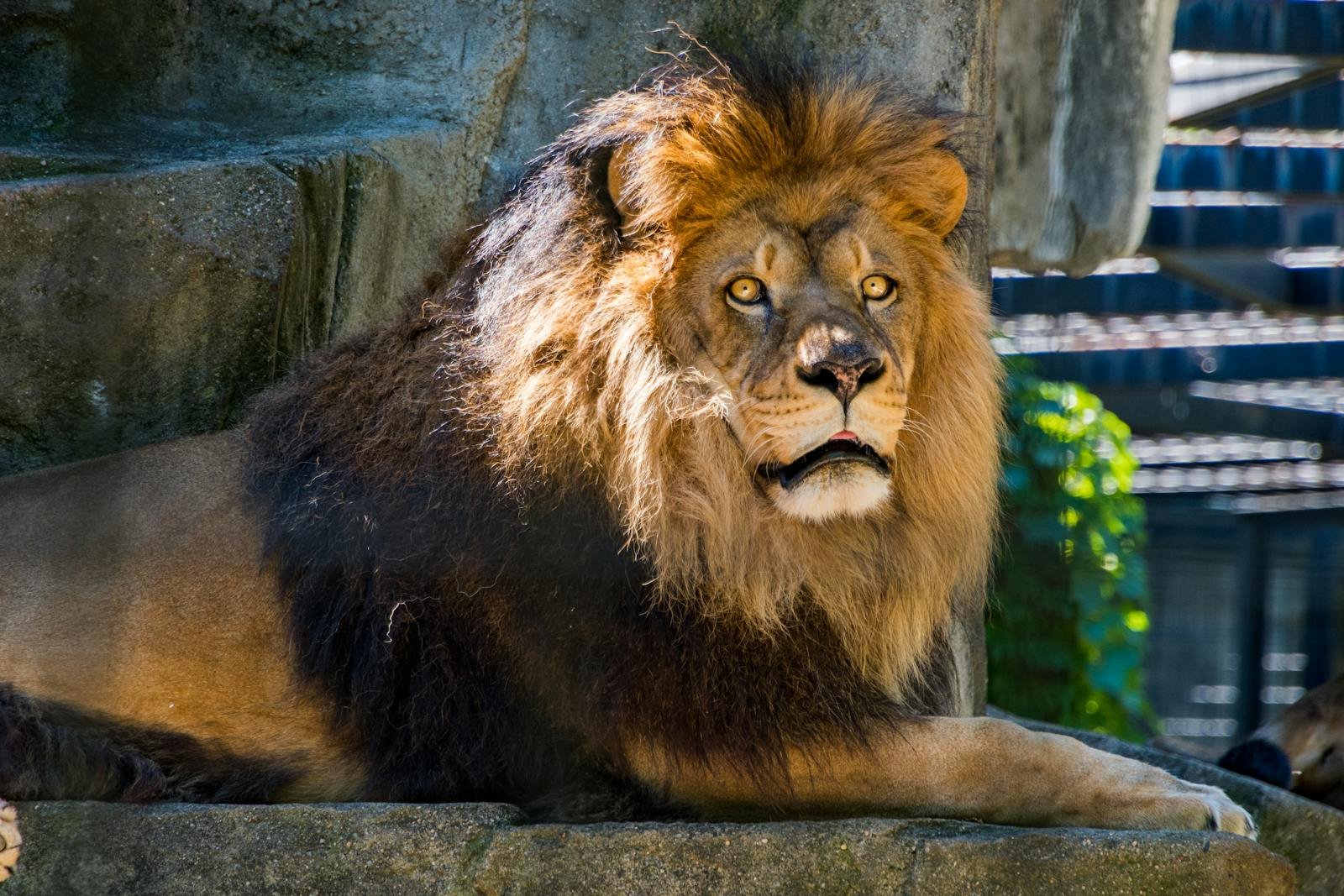
Most countries have strict regulations governing animal welfare, and zoos follow guidelines set by zoological associations. These often advise against feeding live prey due to welfare concerns. Additionally, many professional organizations stress using alternative enrichment methods that do not involve live prey.
Health and Safety Implications
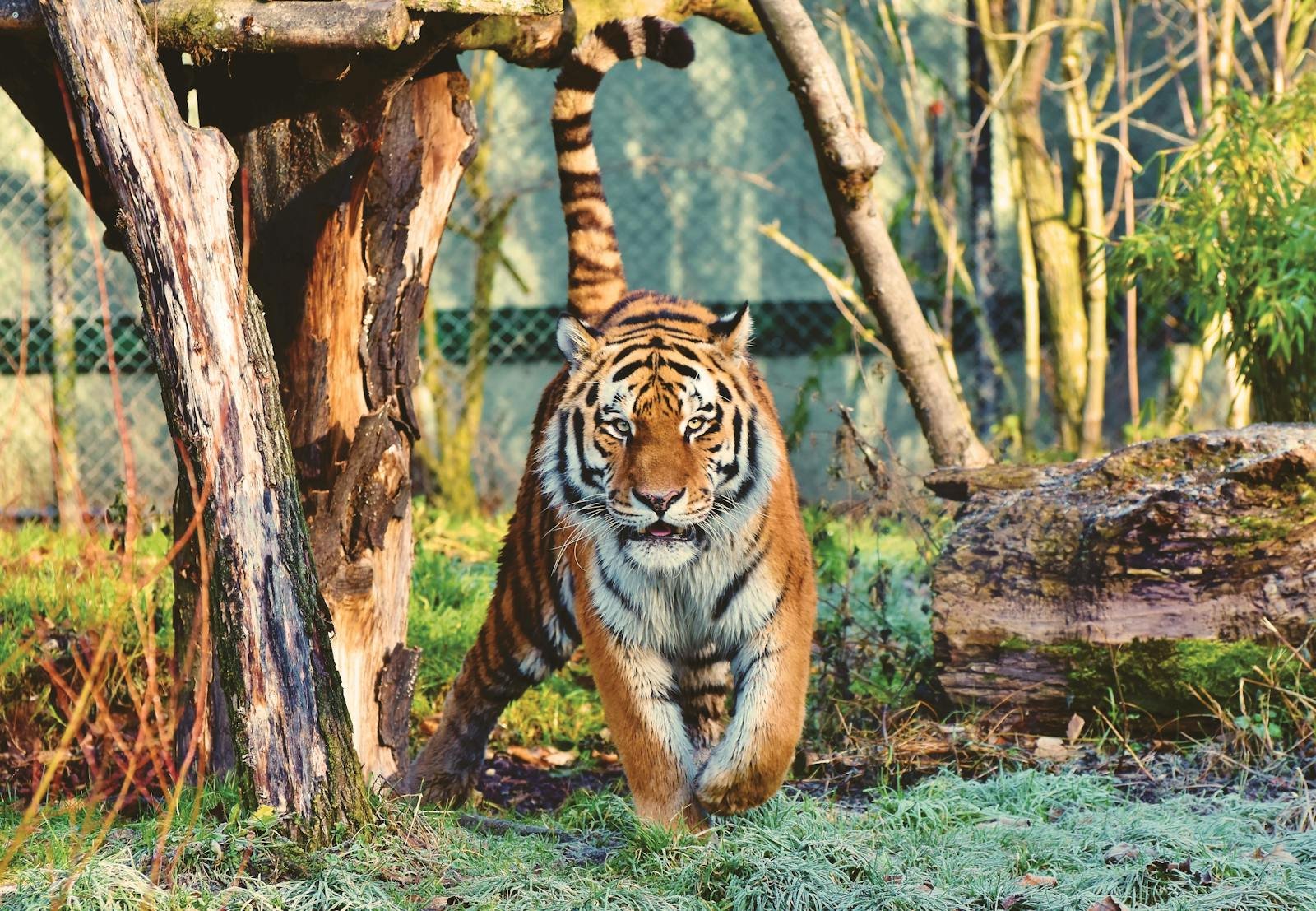
Feeding live animals could potentially harm the big cats. Prey animals might fight back, causing injuries or transmitting diseases to the cats. This poses additional veterinary concerns and could counteract any intended enrichment benefits by causing unnecessary stress or illness.
Alternative Enrichment Methods
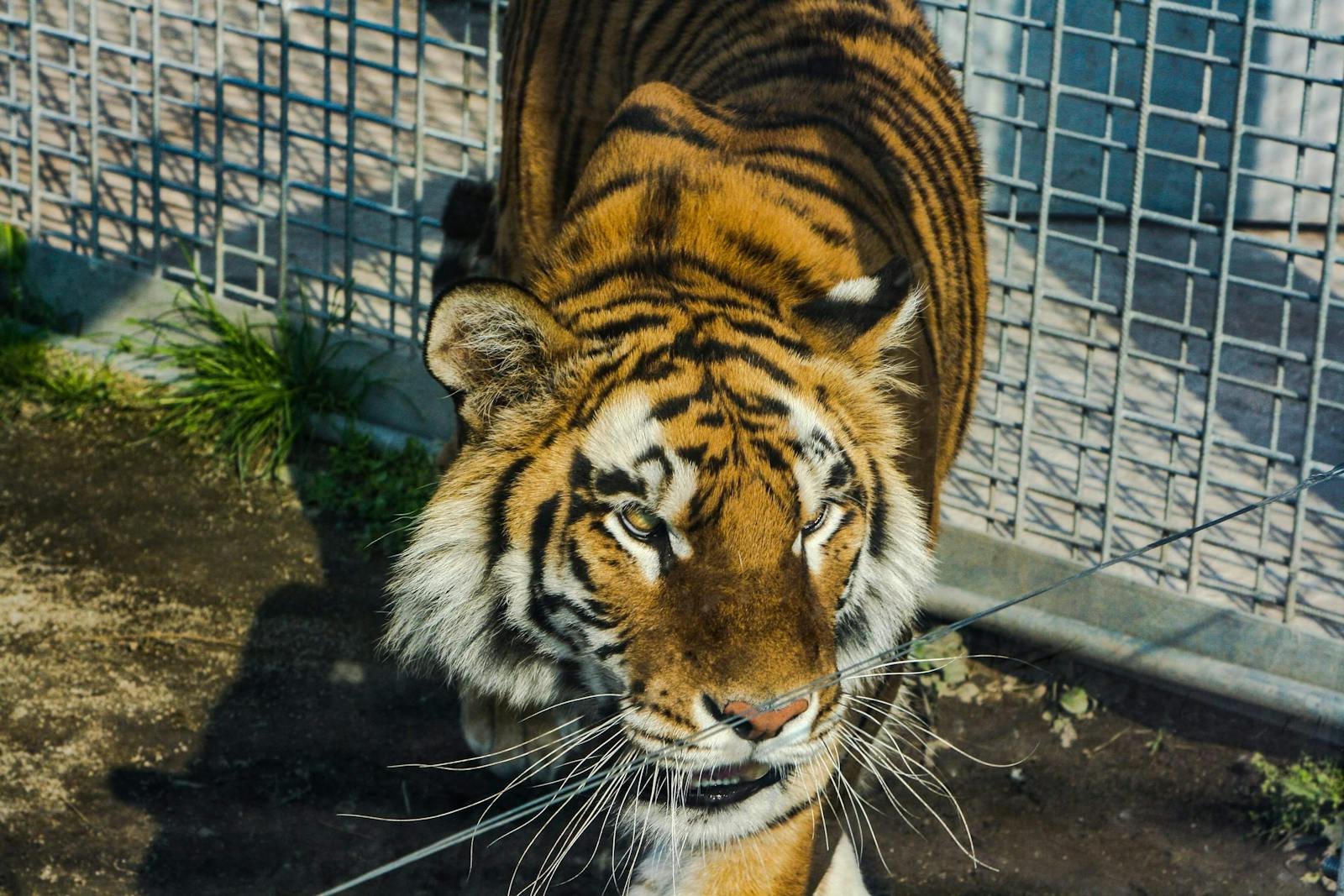
Big cat enclosures can include a variety of enrichment devices like puzzle feeders, scent trails, and mock hunting experiences using inanimate objects to stimulate hunting instincts safely. These methods can be effective and do not involve the ethical and safety issues live prey presents.
Benefits of Simulated Hunting
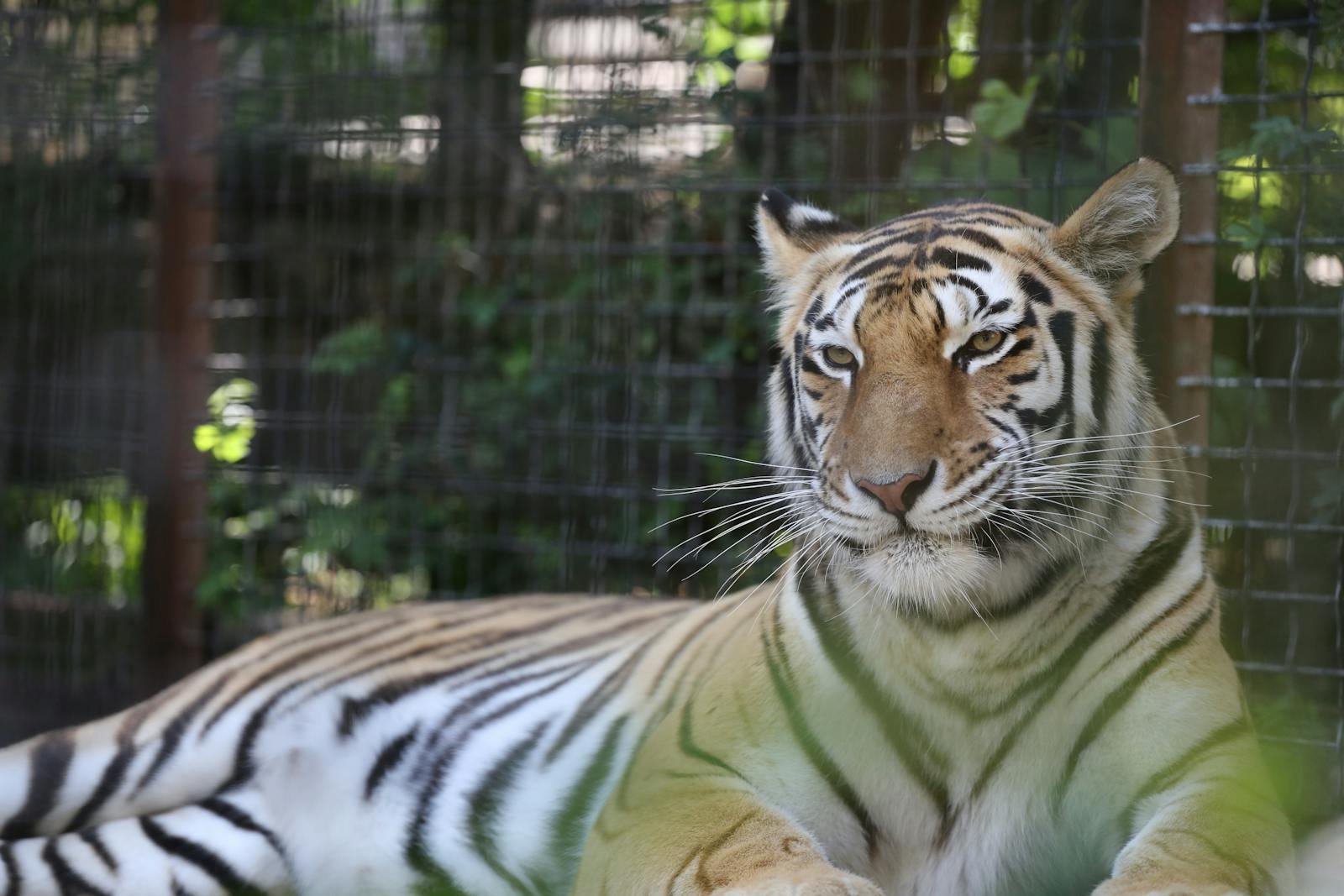
Simulated hunting activities can be designed to mimic the challenge and excitement of a real hunt. These activities can help maintain the cats’ physical fitness and mental acuity without the moral and health drawbacks of feeding live prey. Such methods have shown significant success in enhancing the welfare of captive big cats.
Expert Opinions
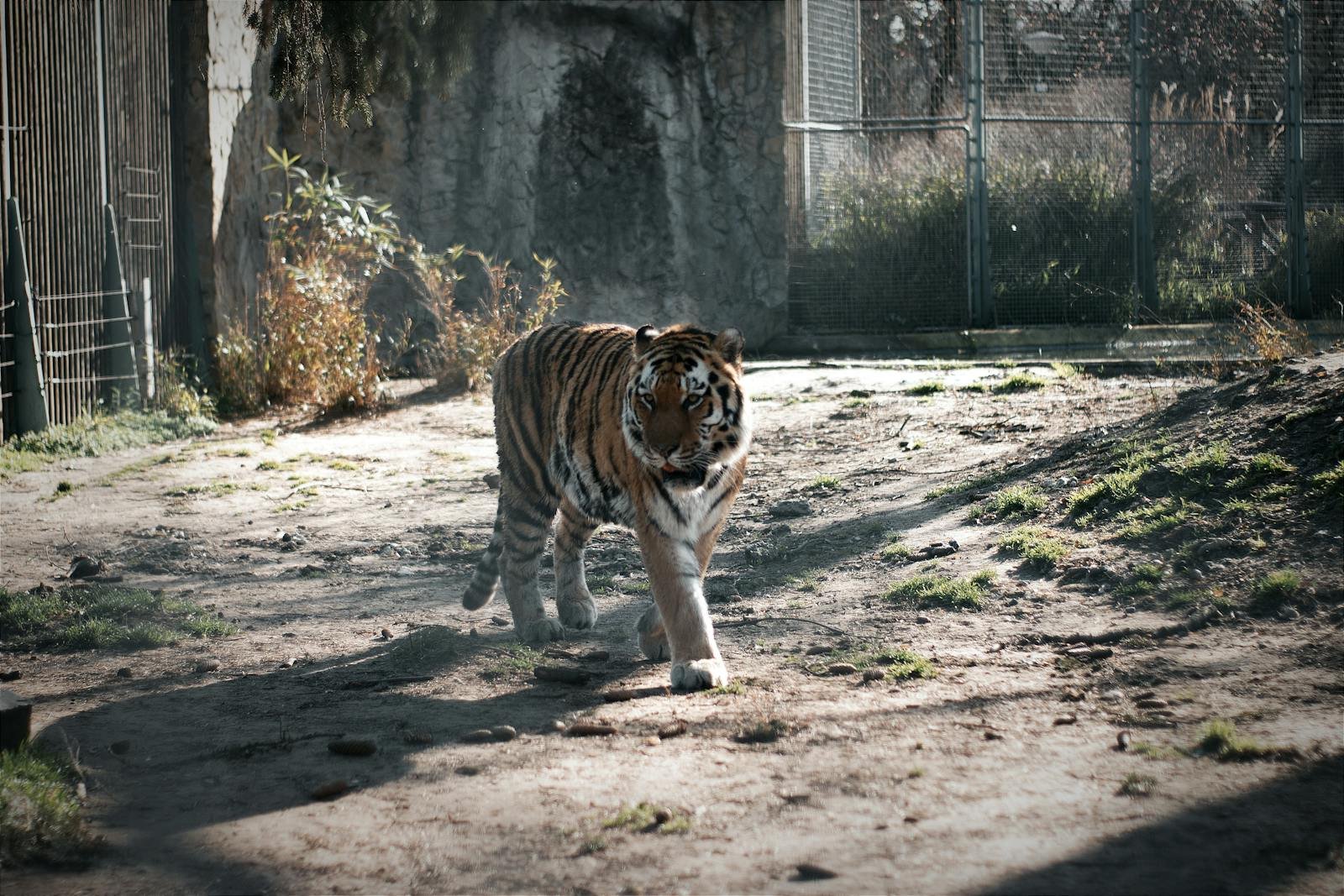
Experts in animal behavior and zoo management often advocate against the use of live prey due to ethical and practical reasons. Many zoologists and veterinarians recommend comprehensive enrichment programs that do not involve live prey, emphasizing that there are many effective and humane alternatives available.
Public Perception and Educational Aspects
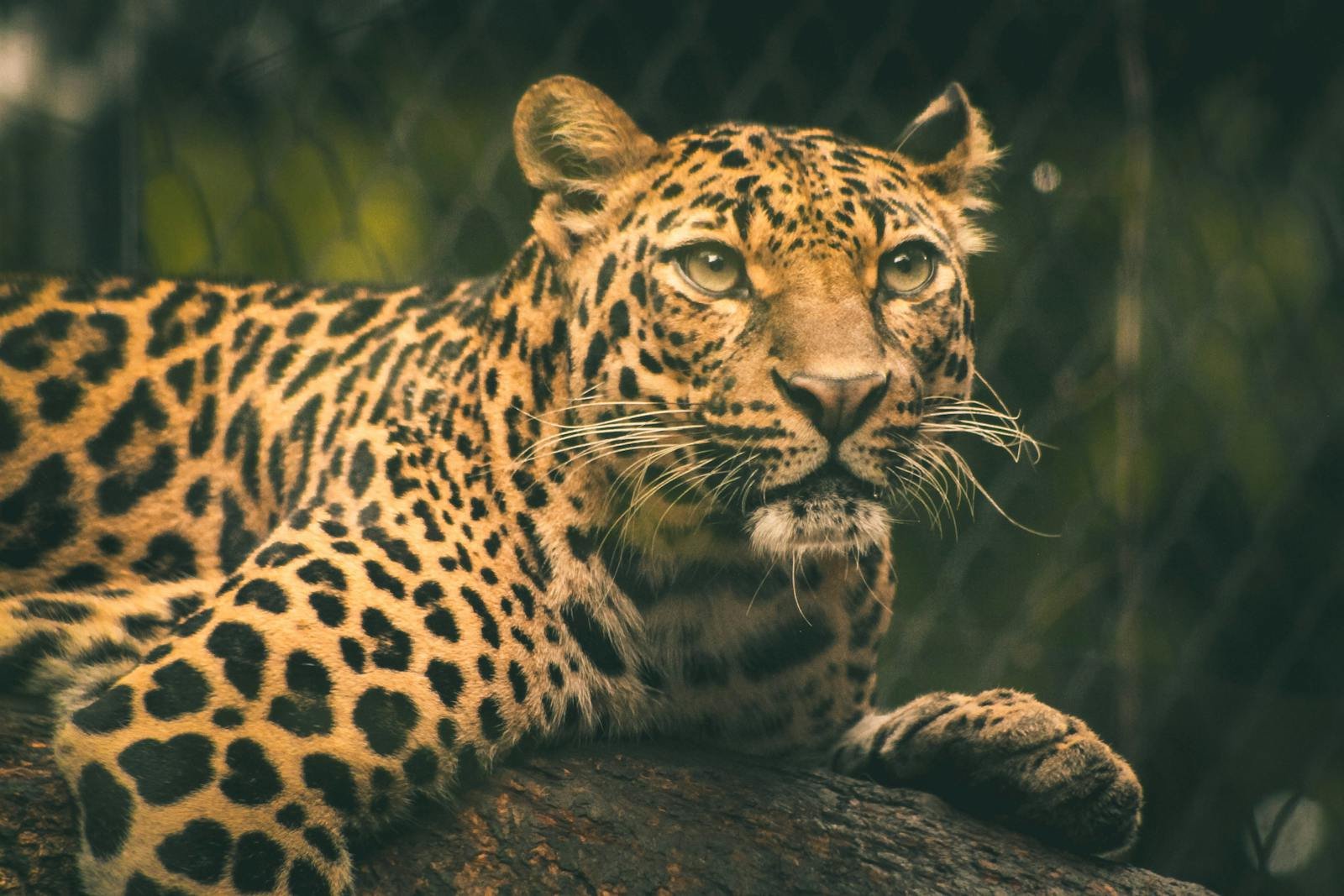
The feeding of live prey may also impact public perception of zoos and sanctuaries. Institutions focused on educating the public about conservation efforts must balance their practices with societal values and ethical standards. Using humane enrichment methods can enhance their educational message and foster goodwill among visitors.
Conclusion: A Balanced Approach
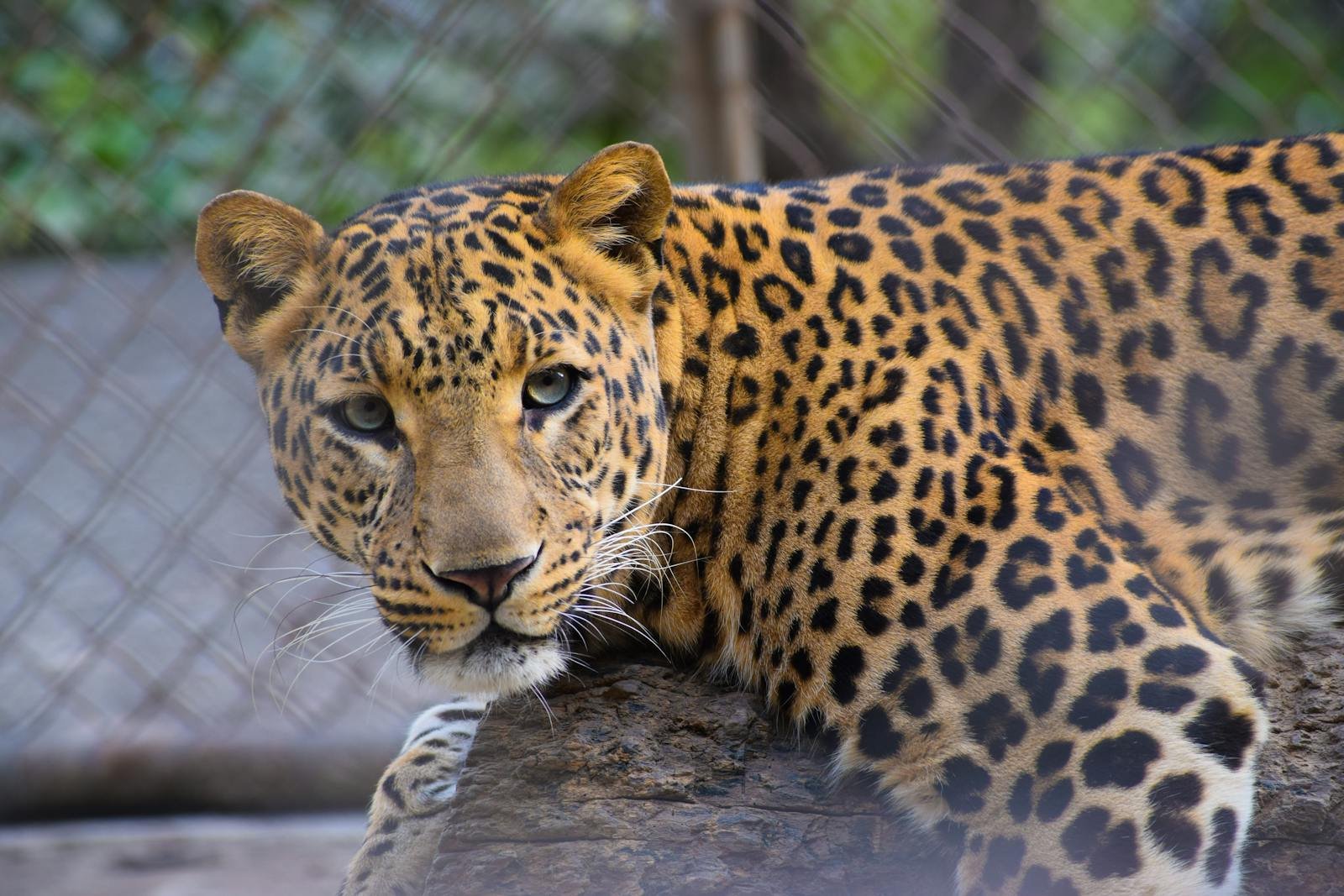
Considering all the factors, the consensus among many experts is to adopt a balanced approach that prioritizes the welfare of all animals involved. While the natural instincts of big cats should be nurtured with enriching activities, these should not come at the expense of ethical standards and animal welfare. Employing innovative and humane enrichment strategies can ensure the well-being of big cats while respecting the lives of prospective prey animals.
Final Thoughts

As zoos and sanctuaries continue to evolve, so too will the methods for providing enrichment for big cats. By fostering a deeper understanding and respect for all animals, captive care can progress towards increasingly humane and effective methods, ensuring that big cats lead enriched and fulfilling lives while captive.
Hi, I’m Bola, a passionate writer and creative strategist with a knack for crafting compelling content that educates, inspires, and connects. Over the years, I’ve honed my skills across various writing fields, including content creation, copywriting, online course development, and video scriptwriting.
When I’m not at my desk, you’ll find me exploring new ideas, reading books, or brainstorming creative ways to solve challenges. I believe that words have the power to transform, and I’m here to help you leverage that power for success.
Thanks for stopping by, Keep coming to this website to checkout new articles form me. You’d always love it!






